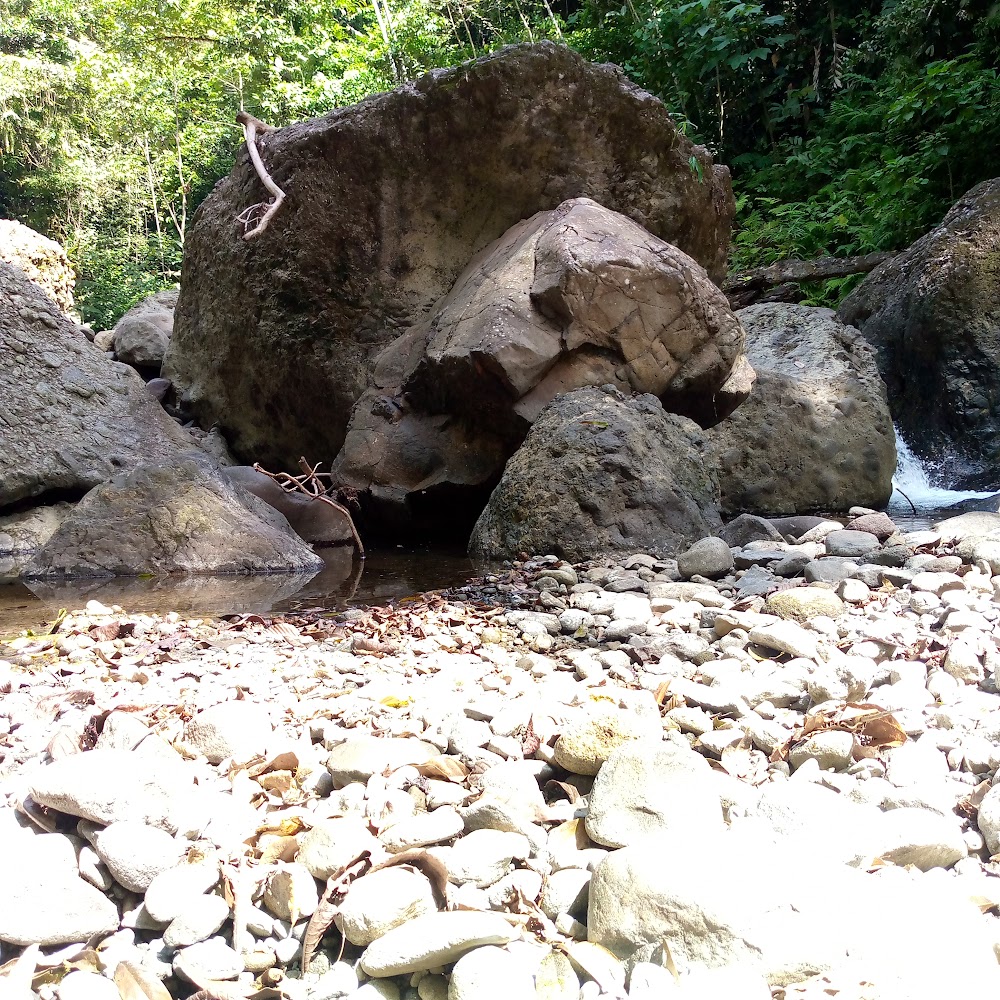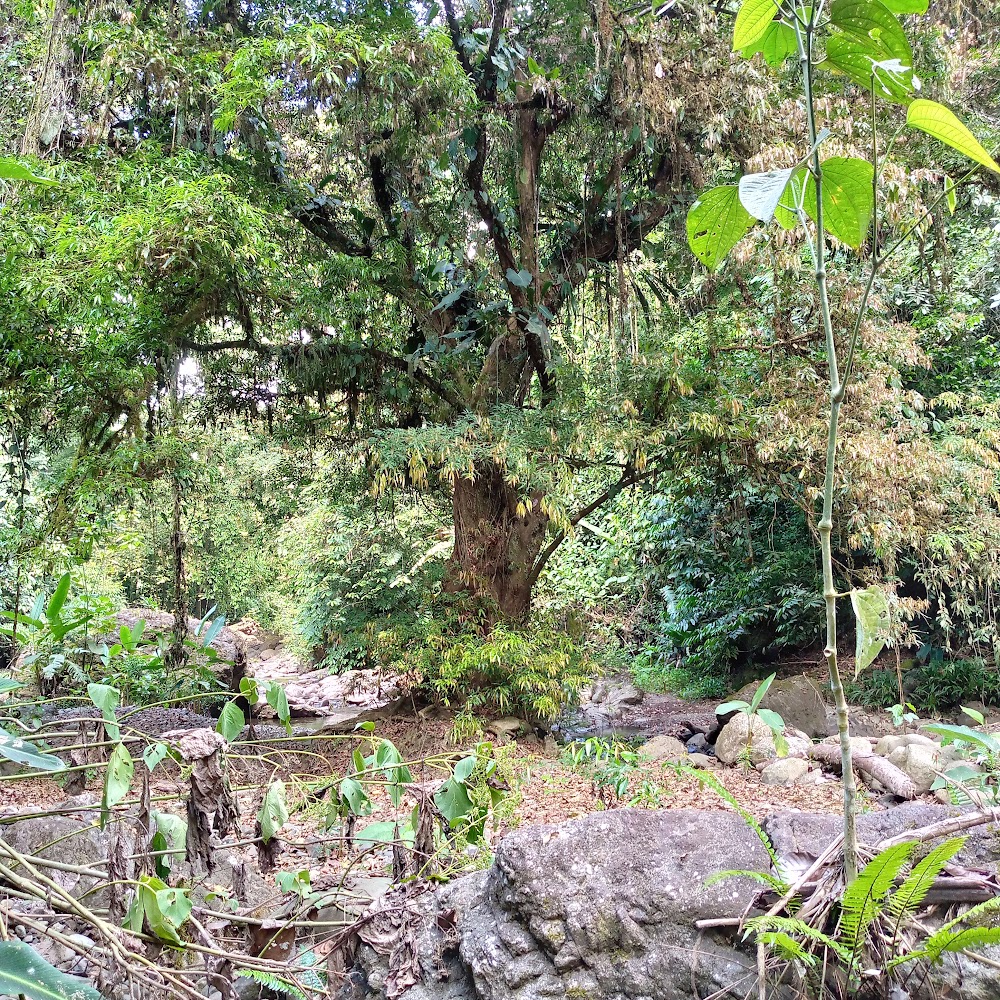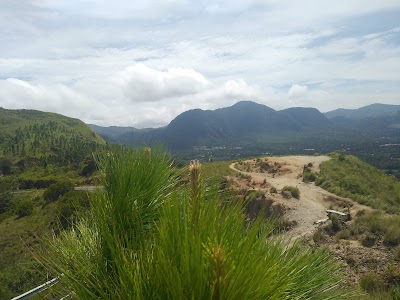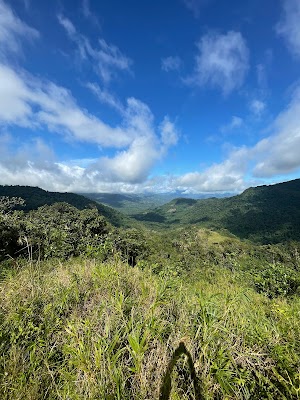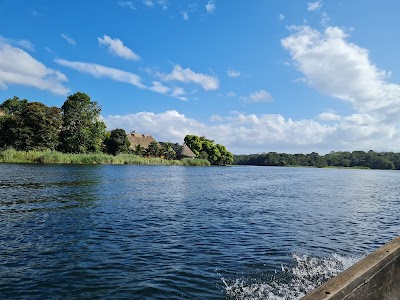Rio Sambu (Río Sambú)
Overview
The **Sambú River**, or **Río Sambú**, flows serenely through the vibrant Emberá-Wounaan Comarca in Panama. More than just a body of water, this river is a vital lifeline for the indigenous Emberá and Wounaan communities that inhabit its banks. It provides essential resources such as fish and water for agriculture, while also serving as a crucial route for travel and trade.
The Emberá-Wounaan Comarca is a semi-autonomous region established to protect the heritage and lifestyle of its indigenous inhabitants. The river winds its way through dense tropical rainforests, rich with diverse wildlife and exotic plant species. The area's remarkable biodiversity is preserved by the traditions and customs of the indigenous communities, who have coexisted harmoniously with nature for centuries.
The waters of the Sambú River remain strikingly clear, thanks to the sustainable practices observed by local residents. Fishing is conducted using traditional methods, such as hand-woven nets and simple traps, which help maintain healthy fish populations. Meanwhile, farming primarily utilizes slash-and-burn techniques, with a strong emphasis on crop rotation to prevent soil depletion.
Transportation along the Sambú River predominantly relies on **dugout canoes**, meticulously carved from large tree trunks. These canoes are crafted by skilled artisans, using tools and techniques passed down through generations. The process involves hollowing out the trunk, shaping the bow and stern, and ensuring the canoe can navigate the river’s currents. These vessels are essential for transporting goods like fruits, vegetables, and handmade crafts to local markets.
In recent years, small-scale tourism has introduced some external influences to the region. Visitors are drawn to the tranquil beauty of the Sambú River and the opportunity to learn about the indigenous cultures. The Emberá and Wounaan people have embraced this interest, offering guided tours and cultural exhibitions while remaining steadfast in their commitment to protect their river and preserve their traditional way of life.
The Sambú River also holds profound **spiritual significance** for the Emberá and Wounaan people. They regard it as the dwelling place of various spirits and ancestral beings. Rituals and ceremonies are often conducted at the river to honor these spirits, particularly during significant life events such as births, marriages, and harvest festivals.
A highlight along the river includes its **pristine waterfalls**, hidden deep within the jungle and considered sacred sites. Here, community leaders, known as caciques, perform rituals to seek guidance and blessings from nature. The lush banks of the river are also home to healing plants used in traditional medicine, knowledge of which has been passed down through generations.
Initiatives are underway to further protect the Sambú River. Educational programs are teaching younger generations about the importance of sustainable living practices, while research collaborations with environmental organizations aim to monitor the river's health and safeguard its biodiversity. These efforts ensure that future generations will continue to rely on and cherish the Sambú River.
Overall, the **Sambú River** is far more than a geographical feature; it symbolizes the enduring connection between the Emberá-Wounaan people and their environment. Its waters carry the history, culture, and aspirations of the communities who call its banks home.


